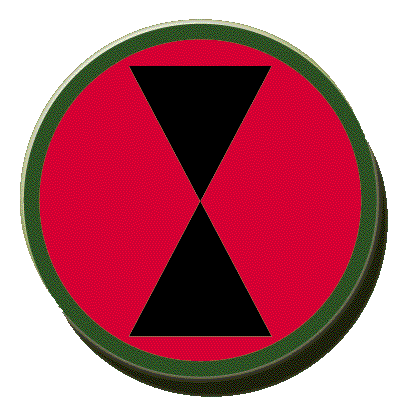 Philip Lovetere & World War I
Philip Lovetere & World War I
Chronology: April 28 to November 10, 1918

Philip Lovetere, Paris, undated
Philip Lovetere served in Company C, 1st Battalion, 64th Infantry Regiment, 14th Infantry Brigade, 7th Infantry Division
 Philip Lovetere & World War I
Philip Lovetere & World War I

| << Training || Philip Lovetere & World War I INDEX ||Summary >> | ||
| INDEX:
Cizewski, Lovetere, Musbach, & Robinson Family
History All material not in the public domain © 2017 Leonard H. Cizewski Minor Revision: April 30, 2017 Last Major Update: July 19, 2020 Last Reviewed: Posted: April 28, 2017 |
|
|